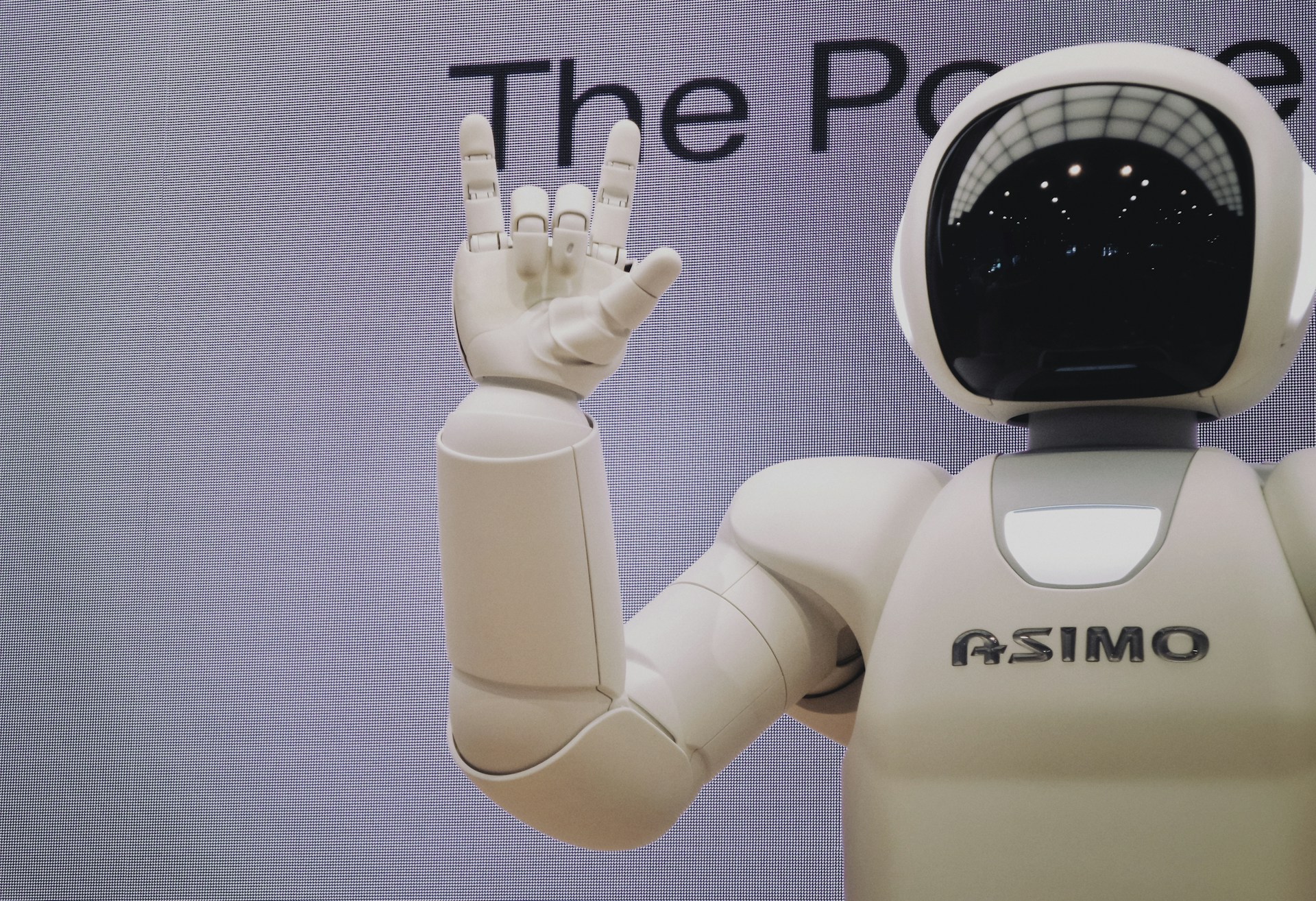AI-Powered Perception: Enabling Robots to See and Understand
One of the primary challenges for autonomous robots is their ability to perceive and understand the world around them. Traditional robots rely on pre-programmed instructions, but AI-powered perception systems, such as computer vision and sensor fusion, enable robots to process sensory data, interpret complex environments, and make real-time decisions. By using machine learning algorithms, robots can analyze data from cameras, LIDAR, and other sensors to identify objects, recognize patterns, and even predict future actions of moving objects.
For example, in autonomous vehicles, AI enables robots to detect pedestrians, other vehicles, and road signs while navigating in dynamic environments. The ability to accurately understand and respond to real-time data is crucial for ensuring the safety and reliability of these systems.
AI-Driven Decision Making and Problem Solving
Autonomous robots must not only perceive their environment but also make decisions based on that information. AI enables robots to process complex data inputs, consider multiple variables, and determine the best course of action. Advanced machine learning algorithms, including deep learning and reinforcement learning, allow robots to improve their decision-making over time, learning from past experiences and adapting to new situations.
In warehouse automation, robots equipped with AI can optimize their movements to improve efficiency and reduce errors. These robots learn from previous tasks and adapt to unexpected changes in the environment, such as obstacles or alterations in the inventory layout. By continuously refining their decision-making processes, AI-driven robots enhance productivity and reduce operational costs.
Collaborative and Autonomous Robotics in Various Sectors
AI-powered autonomous robotics systems have applications across numerous sectors, from manufacturing to healthcare. In manufacturing, AI enables robots to collaborate with human workers in what is known as collaborative robotics, or cobots. These robots work alongside humans, performing repetitive tasks and enhancing productivity without posing a risk to safety. By utilizing AI to learn and adapt to human actions, cobots can optimize workflows and improve efficiency in production lines.
In the healthcare industry, autonomous robots powered by AI are being used in surgeries, patient care, and rehabilitation. Surgical robots, like the da Vinci system, use AI to assist surgeons in performing complex operations with precision. Additionally, robots are being deployed to assist in elderly care, using AI to monitor patients, provide companionship, and even help with mobility.
The Future of AI and Autonomous Robotics Systems
As AI continues to evolve, so too will the capabilities of autonomous robotics systems. The integration of AI with other cutting-edge technologies such as 5G, the Internet of Things (IoT), and cloud computing will enable even more advanced autonomous robots. For instance, robots could access real-time data from cloud-based sources, allowing them to make more informed decisions and collaborate seamlessly with other machines and systems in a global network.
Moreover, AI’s role in autonomous robots will extend to the ethical and social implications of automation. As robots take on more responsibilities in industries and society, AI will need to address issues such as fairness, transparency, and accountability in decision-making.
Conclusion
Artificial Intelligence is playing a pivotal role in advancing autonomous robotics systems, making them more capable, efficient, and adaptive. From enhanced perception and decision-making to transformative applications in various industries, AI continues to reshape the landscape of robotics. As technology progresses, the fusion of AI and autonomous robotics promises to unlock even more innovative solutions, transforming how we live and work in the 21st century.

